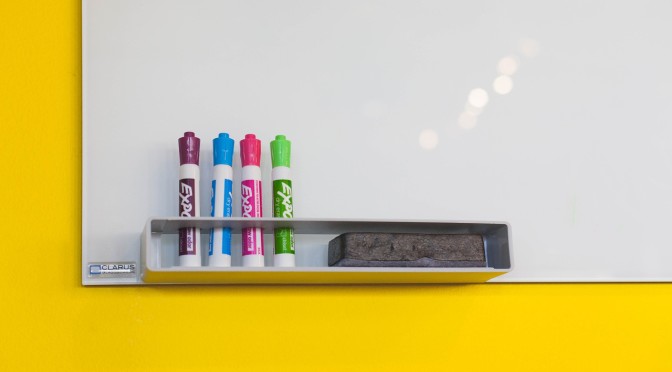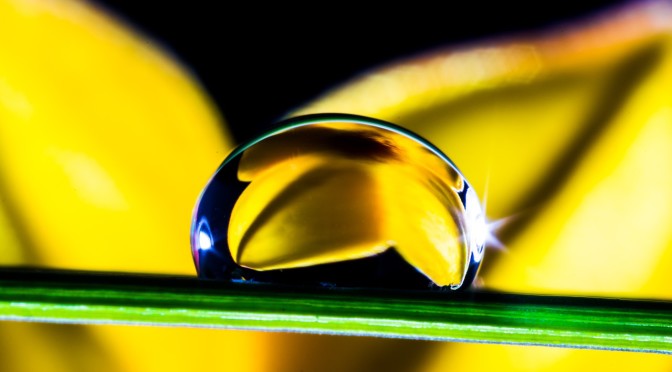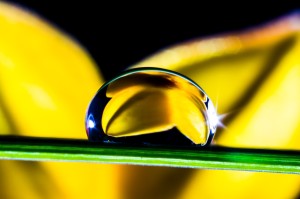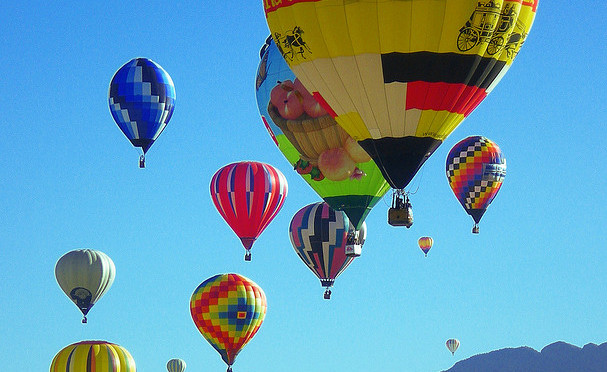 If you are an interested individual or a professional seeking educational development courses and workshops on rainwater harvesting for residential, commercial, potable or non-potable systems, you should visit ARCSA’s website to sign up for a course or webinar. For more information about ARCSA’s professional development programs and workshops, click here.
If you are an interested individual or a professional seeking educational development courses and workshops on rainwater harvesting for residential, commercial, potable or non-potable systems, you should visit ARCSA’s website to sign up for a course or webinar. For more information about ARCSA’s professional development programs and workshops, click here.
Rainwater Systems is the Northwest Regional representative for the American Rainwater Catchment Systems Association (ARCSA).
ARCSA’s mission is to promote sustainable rainwater harvesting practices to help solve potable, non-potable, stormwater and energy challenges throughout the world. which, of course, aligns with RainBank’s core values. We hope you’ll visit ARCSA and consider becoming a member. You can sign up for ARCSA’s newsletter here.



 According to National
According to National 
 The Albuquerque Water Authority and the New Mexico Water Collaborative have partnered to launch a pilot project intended to help residents make better use of rain, rather than allow it to drain away, giving them the opportunity to repurpose collected rainwater for landscaping.
The Albuquerque Water Authority and the New Mexico Water Collaborative have partnered to launch a pilot project intended to help residents make better use of rain, rather than allow it to drain away, giving them the opportunity to repurpose collected rainwater for landscaping.